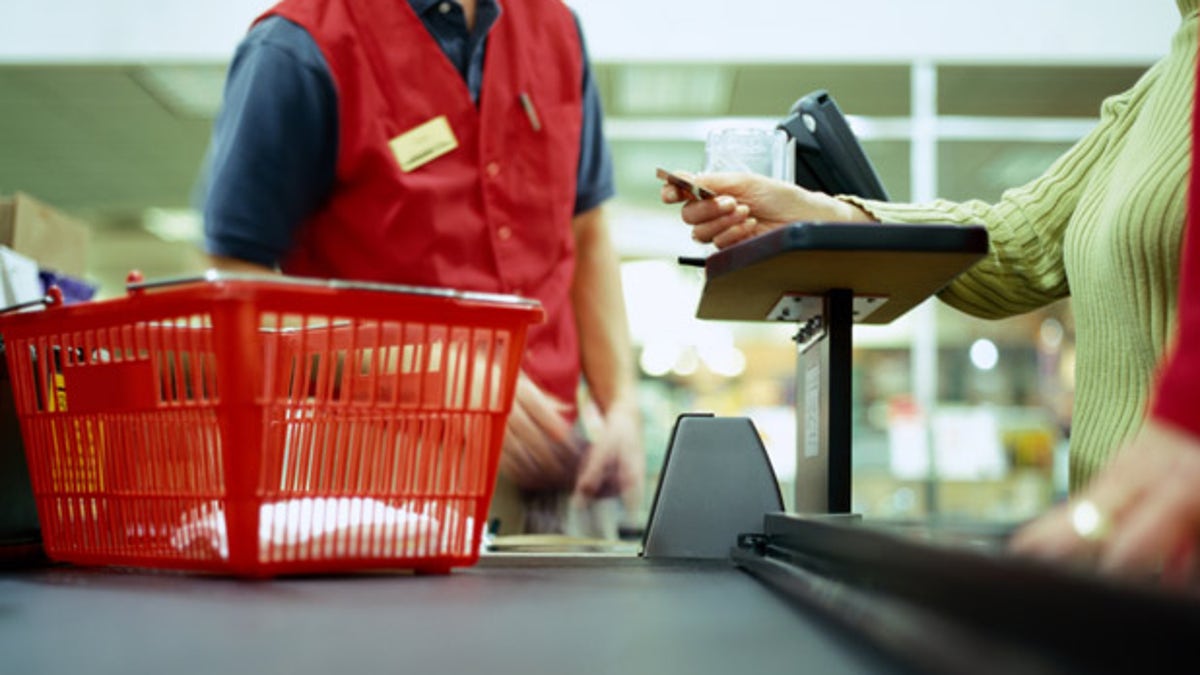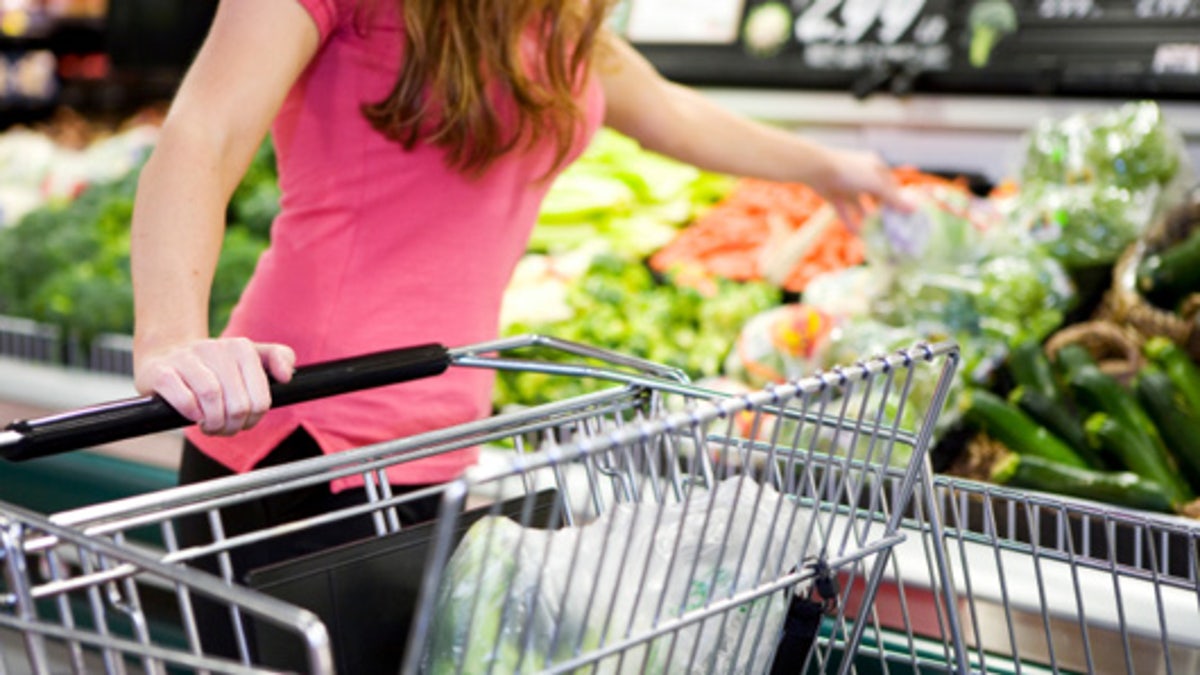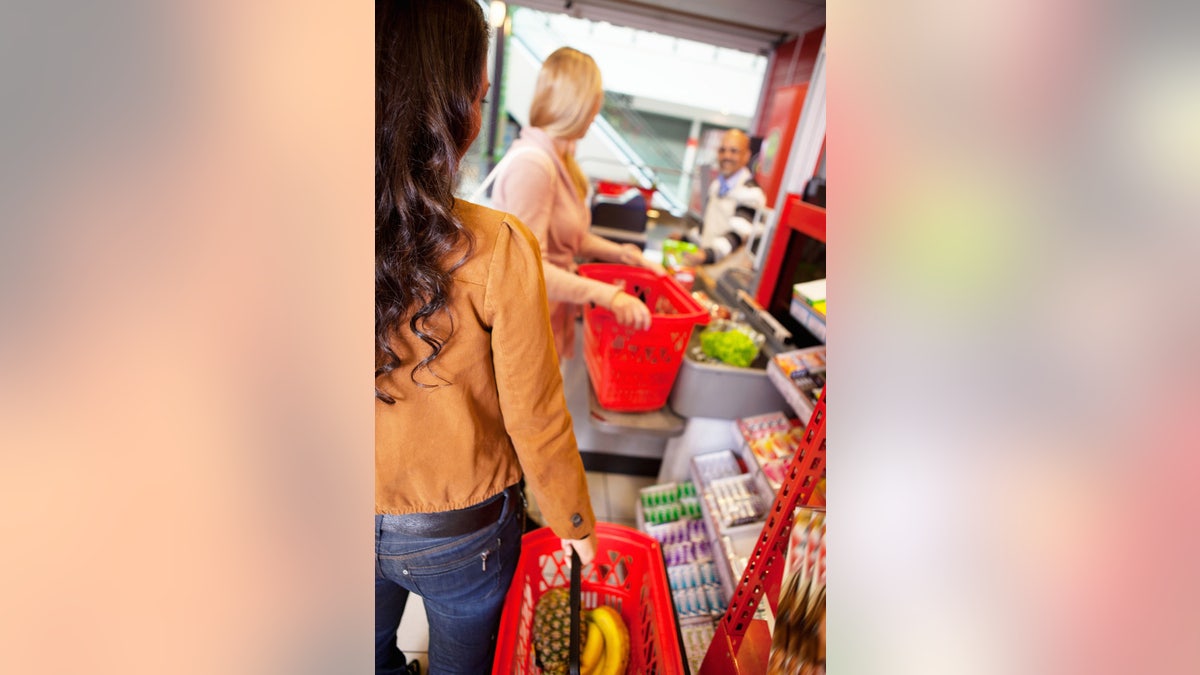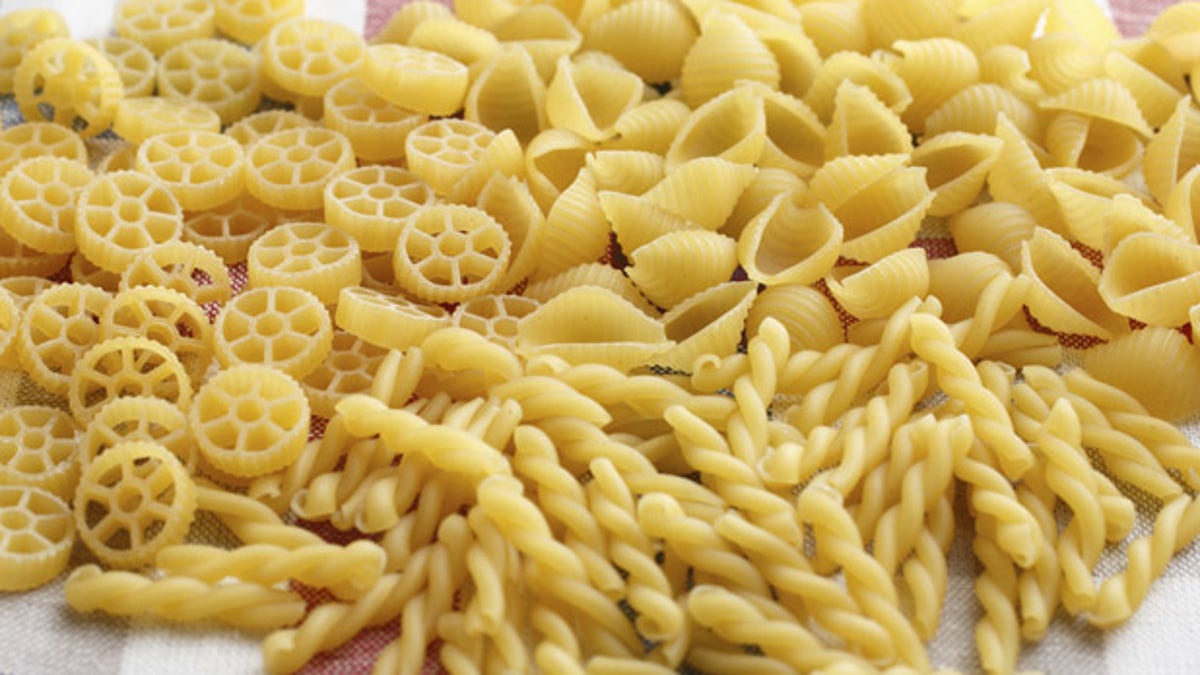Going grocery shopping is so ingrained into our culture that we usually don’t even give it second thought.
We grab our shopping list, grab our cart, walk around the store, pick out the food we want, pay, and leave. But in reality, every supermarket is a well-honed machine, hell-bent on getting you to spend as much money as possible without even realizing it, and they’re got a few dirty tricks up their sleeve to make sure that happens.
The typical supermarket sells more than 50,000 items, and getting them onto the shelves, keeping them fresh, and selling them before they expire can be a Herculean task. There’s meat and the deli counter on one side, fresh fruit and vegetables on the other, fresh bread in the corner, eggs and dairy in the back, and packaged goods taking up the shelf space in the middle. And while it might all look like chaos, the layouts are actually very scientific, and everything is where it is for a reason.
For example, ever wonder why the dairy cases are all the way in the back of the store? In most cases, it’s because the loading docks are directly on the other side of those refrigerators, so items can go straight into the case from the refrigerated truck without having to be moved through the whole store, minimizing the amount of time the items might have to get warm. And as for why the fruit and vegetables are located right near the entrance? Simple: so the first impression you get is one of health and freshness.
Giving the customer the impression that everything is as fresh as possible is a major priority of supermarkets, as is making as much money as possible, which can lead to some shady practices markets engage in to extend shelf life (pro tip: if it ever looks like there are two overlapping labels on a package of meat, don’t buy it).
So read on to learn some secrets that supermarkets would prefer you didn’t know, and remember: stick to your list, don’t shop hungry, and if it doesn’t look right, don’t buy it, no matter what it might say on the label.
1. The Checkout Lines are Tight for a Reason

(Photodisc/Thinkstock)
Have you ever been waiting on the checkout line when you decide that there’s an item you’d rather leave behind? Good luck finding a place to put it down; they’ve been designed so you make the subconscious decision to just purchase it instead of trying to wedge it behind the Life Savers.
2. Shopping Carts are Filthy

(iStock)
Ever seen someone washing the shopping carts? That’s because they don’t. Think about how many other people have touched that handle! We suggest washing your hands before eating anything after shopping, or wiping the handle down before using it.
3. Spraying Water on Produce Doesn’t Keep Them Fresh

(iStockphoto/Thinkstock)
There are two reasons why fruit and vegetables get regular sprayings with water: One, to make them look pretty. Two, to add weight to them so they end up costing you more. Not only does the water have nothing to do with keeping them fresh, it actually makes them rot faster.
4. The Fresh Fruits and Vegetables are Filthy

(iStock)
You know when you pick up a peach to see if it’s ripe, then put it back down if it isn’t? So did everybody else in the supermarket, and their handsy little kids. And that little spray of water doesn’t do much to help.
5. The Checkout Line is a Gamut of Temptation

Customers carrying basket while shopping in supermarket (iStock)
All those shiny magazines, candies, gums, and gadgets are in the checkout line because supermarket owners know that you’ll be forced to stare at them while you wait your turn. Admit it: you’ve absentmindedly grabbed something from the checkout line at some point.
6. They Practice “Food Reconditioning”

(iStockphoto/Thinkstock)
If you’d like to be grossed out, just Google “food reconditioning,” or don’t, because it’s gross. But we’ll explain it to you anyway. Basically, food companies need to keep their costs as low as possible, so occasionally when food is imperfect or expired, it’ll get sent back to the supplier for “reconditioning.” Sometimes it’s rather benign, like regrinding imperfect pasta into semolina flour. But occasionally it’s more nefarious, like the time when moldy applesauce was served to school kids (just blast it with heat before repackaging it, that’ll fix it!), or when a bad batch of blueberry ice cream was sent back and turned into chocolate (just add chocolate!); it’s downright gross.
Check out more of the best kept grocery store secrets.
More from The Daily Meal
What Are America’s Worst Supermarkets?
Six Things You Didn’t Know About Ralphs
